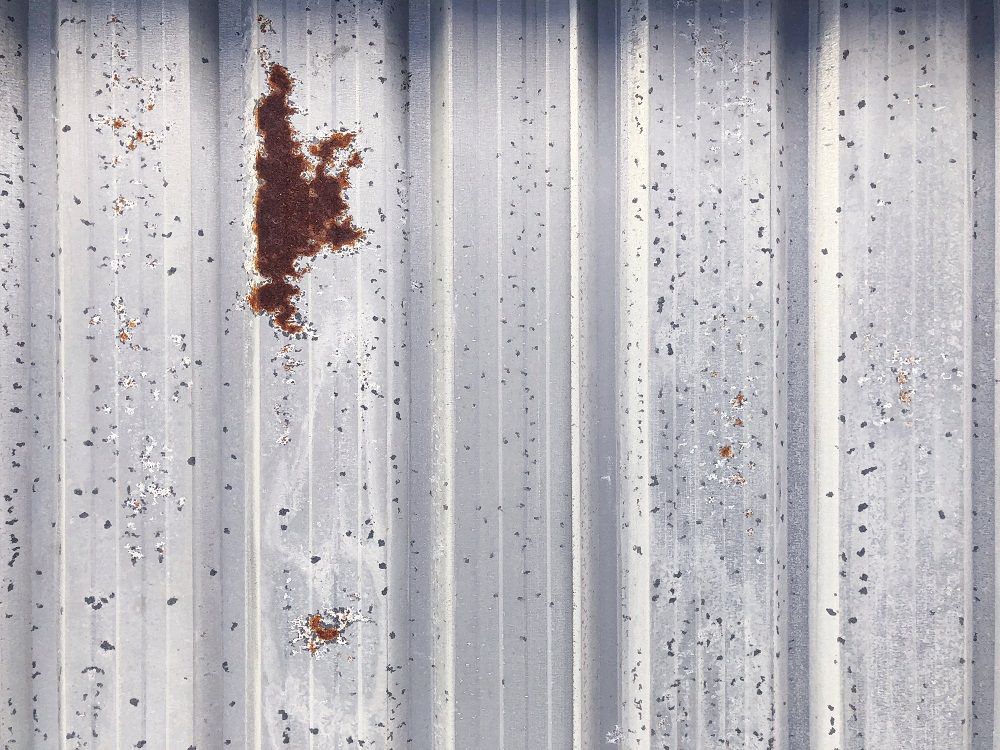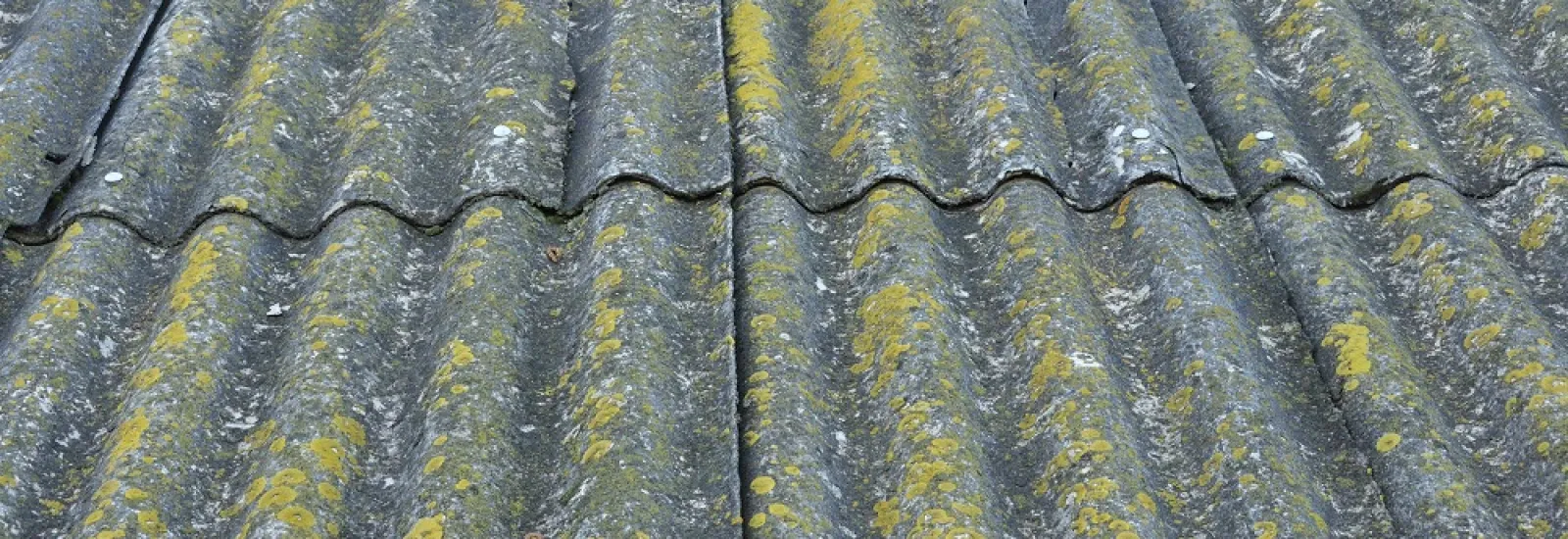When stains develop on your roof, your first thought is probably that the discoloration is indicative of a leak somewhere beneath the surface of your roof. While that can certainly be the case, the situation isn't always that dire. When discoloration appears on your roof, it's prudent to have it inspected by one of the residential roofing services in your area. After all, it's better to be safe than sorry. However, it's also good to know that there are other less severe causes of staining that don't warrant a call to a residential roofing company in Cape Coral, FL.
In most cases, the root of the discoloration stems from factors above the roof rather than below the roofing material. Whether the culprit is algae growth, biological matter, or UV light exposure, you can mitigate many of those discoloring factors and keep your roof looking sharp for years to come. Keep reading to learn more about some of the most common causes of discoloration on residential roofs.
Green or Black Algae
There's no secret that your roof surface is exposed to moisture often. Especially in areas of the roof that are shaded most of the day or feature restricted airflow, you're like to see discoloration develop as a result of green or black algae growth. Gloeocapsa magma is a species of algae that can be found on Florida roofs. It manifests as a slimy growth ranging from green to dark blue in color. This type of algae finds a perfect substrate on your roofing shingles but be easily removed with oxygen bleach. Or you can install strips of copper or zinc above the spots where the algae persistently grows.
Rust
Rust stains are common because metals are used alongside other roofing types in almost every roofing application. They are used around chimneys to seal out moisture, and most roofing flashings are crafted from metal. Even vent caps and turbines are traditionally made of metal. Though that metal is usually galvanized to protect it from the elements, it can still rust over time. When it does, that orange-brown discoloration can develop on your roofing surface where the runoff occurs. These stains can be removed effectively with oxalic acid.

Biological Debris
It's never good to let any debris remain on your roof surface for long. However, when leaves, twigs, berries, or acorns are allowed to remain on the roof through several rains, the result can be tea-colored or black stains on your roof as the biological material breaks down. The decaying plant material can also lead to moss growth, which will further detract from the appearance of your room. In this case, the best defense against roof stains is a good offense. Simply be aggressive in removing debris from your roof before it has a chance to decay.
Water Stains
Finally, the most serious cause of roof staining is water infiltration. If water leaks beneath your roofing surface and begins to work against your decking, that process will manifest in shingle discoloration that's evident from the outside. To confirm, enter your attic and look up for stained roof decking.
If you've experiencing roof discoloration, it's a good idea to have it checked out by a residential roofing company in Cape Coral, FL, to ensure that the roof isn't leaking. Contact Latite Roofing and Sheet Metal at (800) 639-7663 to set up an inspection.
